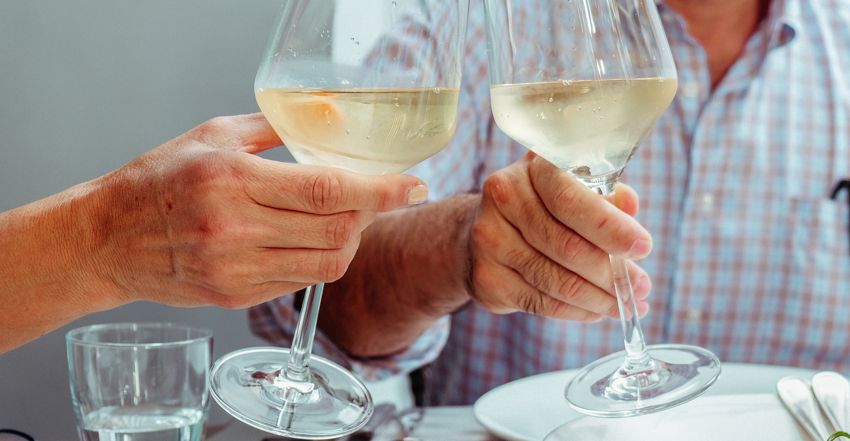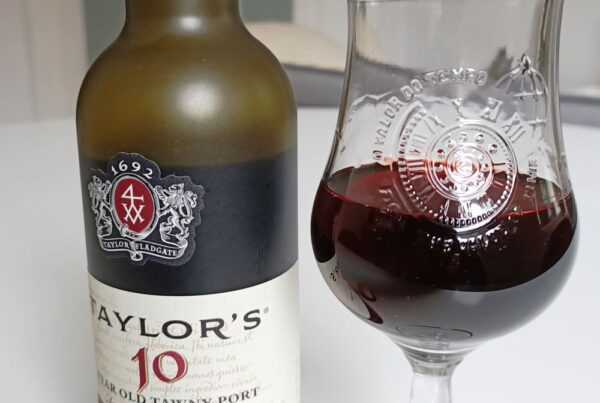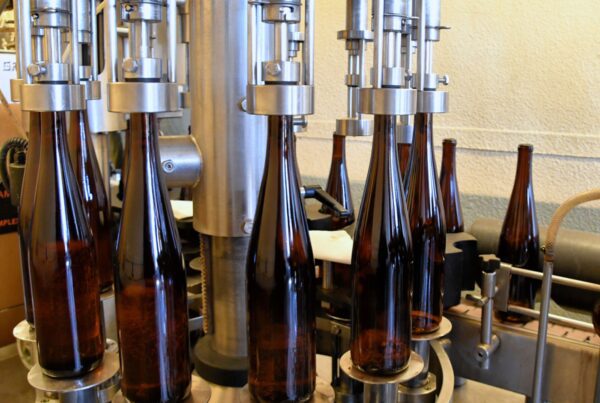Once opened, your white wine has a shelf life, so it can’t be stored indefinitely.
In this article, you will learn how to store white wine after opening to ensure it stays fresh and flavorful.
Quick answer: The simplest way to extend the life of your white wine is to replace the closure and store it in the refrigerator immediately after use.
This will extend the life of your wine by approximately 3-5 days.
Wine preservations systems can significantly extend the shelf life of opened wine.

Contents
The impact of oxygen on open white wine
White wine spoils primarily due to exposure to oxygen.
When air comes into contact with wine, it creates chemical reactions that can alter its flavor, aroma, and appearance over time.
This process, known as oxidation, is the main reason opened wine degrades over time.
Daylight and opened white wine
Light exposure, especially to UV rays, can degrade the quality of opened white wine.
UV rays can trigger chemical reactions in wine, leading to unpleasant flavors and aromas.
So, it is important to shield it from light exposure. Don’t leave opened white wine sitting around in the sunshine.

Temperature and opened white wine
Temperature also plays a crucial role in preserving the quality of opened white wine.
Keeping your opened white wine cool will help preserve it for longer.
So, put white wine in the fridge or somewhere cool immediately after use.
Seal opened white wine properly
Seal opened wine properly to preserve its freshness.
Consider investing in a reusable wine cork.
They are easier to use than trying to stuff the original cork back into the bottle.
If you have a screwcap, ensure to replace the cap tightly.
To reseal sparkling wine, I recommend investing in a reusable cork for sparkling wine. They are easy to find and only cost a few dollars/euros.
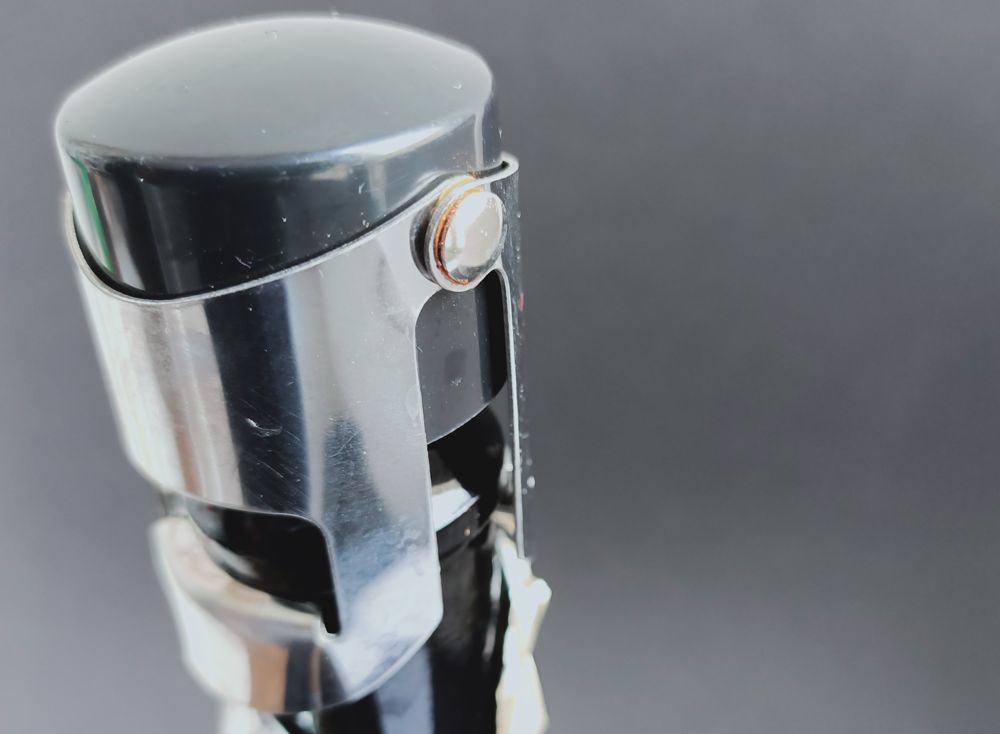
How Long Does White Wine Last After Opening?
While the exact timeframe can vary depending on factors like wine quality, storage conditions, and grape variety, most white wines remain drinkable for about 3 to 5 days after opening.
However, some high-quality or well-preserved wines may last up to a week or more.
You can significantly increase how long white wine lasts after opening using wine preservation systems.
Use a wine preservation system
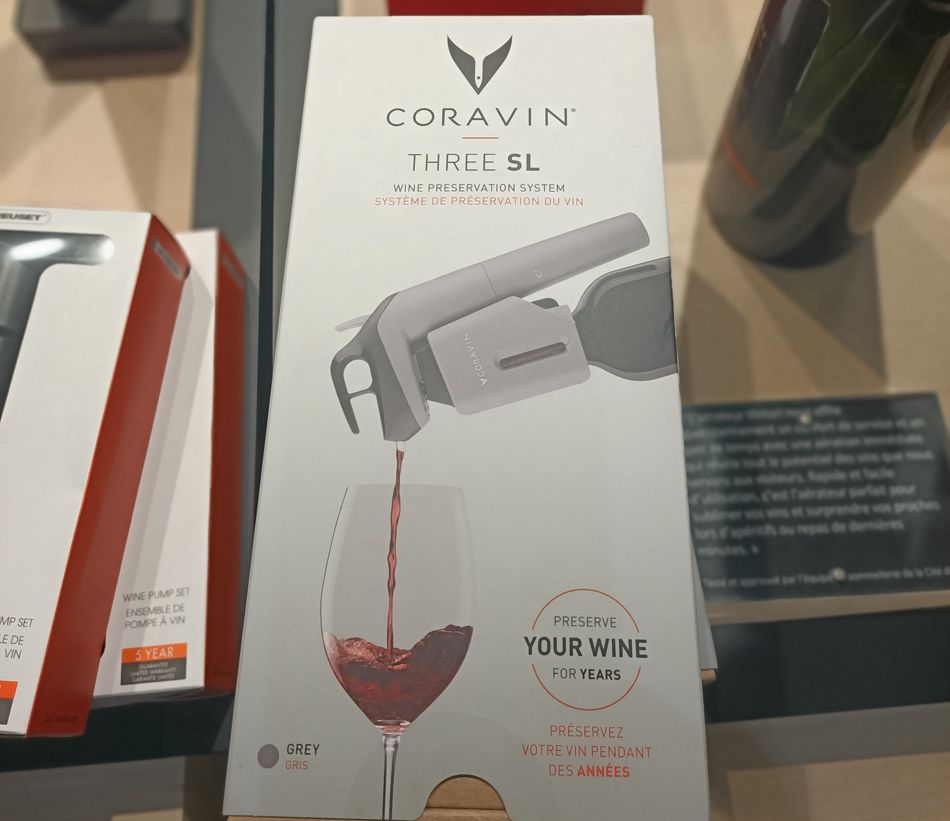
Wine preservation systems help keep opened wine bottles fresh for longer periods.
These systems use different methods to minimize oxygen exposure, which can affect the taste and quality of wine.
Vacuum system
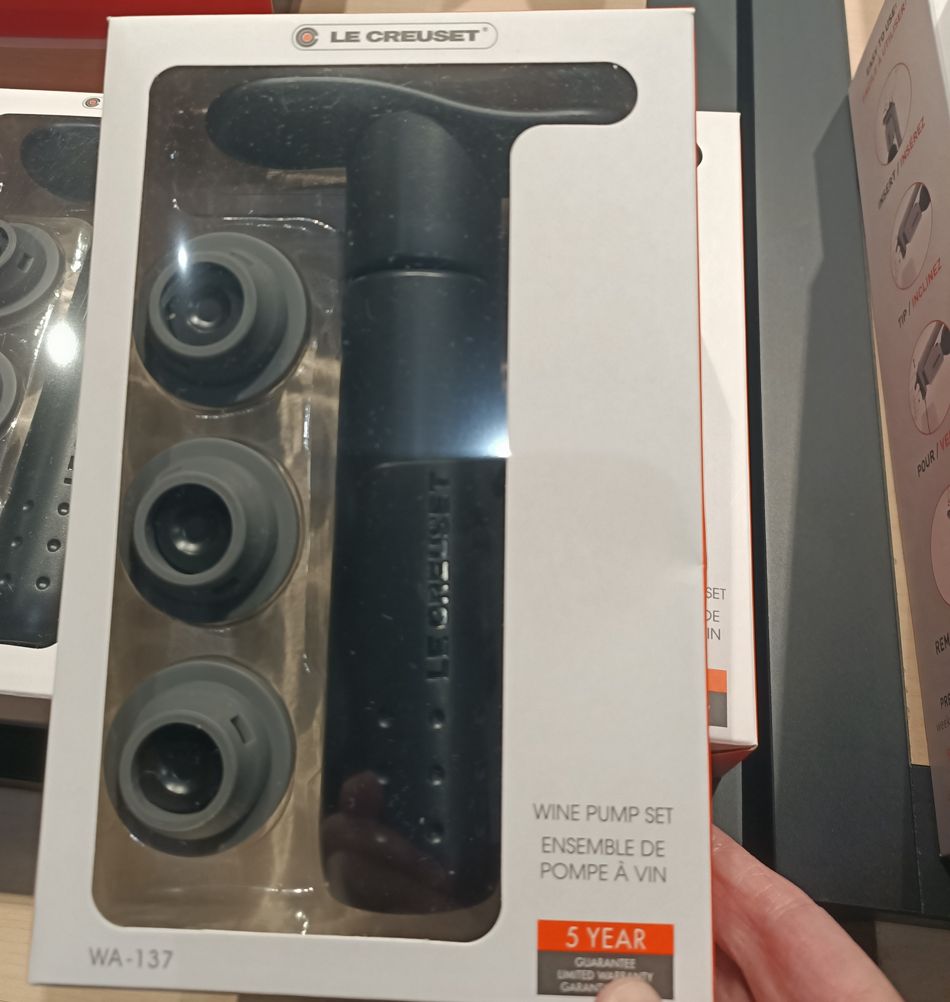
A vacuum system removes the oxygen from the bottle and then seals the bottle. This slows down oxidation of compounds in the wine.
Vacuum systems come in a variety of styles and price points (starting at around $15). Makers claim that their systems preserve wine from anywhere between 10 days up to 4 weeks.
Please note that a vacuum system is not suitable for sparkling wine as it will cause it to lose its bubbles. Use a special Champagne cork seal instead.
Blanket system
A blanket system blankets the wine with a gas that is heavier than oxygen. This forms a protective layer between the wine and air.
There are all kinds of blanket systems from simple spray cans that allow you to spray gas into the bottle which you then seal with a cork to fancy more expensive systems.
Drink wine without opening the bottle at all
If you are super serious about keeping your wine indefinitely (and have a healthy budget), you can now buy gadgets that allow you to taste your wine without opening the bottle at all.
Systems, like Coravin, use a medical-grade needle that inserts through the cork. Argon gas is pumped into the bottle that preserves the wine in the bottle.
After the needle is removed, natural corks reseal to maintain a perfectly unopened bottle allowing you to taste your wine without opening the bottle.
Tips for storing white wine after opening
Proper storage is essential to maintain the freshness of white wine after opening.
Here are some guidelines to follow:
- Seal properly and put opened white wine in the fridge immediately after use.
- Store upright to minimize the surface area exposed to oxygen.
- Invest in a quality wine stopper to seal the bottle tightly and minimize air exposure.
- Transfer leftover wine to smaller containers, such as half-bottles or a wine carafe, to reduce the amount of oxygen in contact with the wine.
- Keep the bottle away from strong odors, as wine can absorb them, affecting its taste.
- Store wine towards the back of the fridge where it tends to be cooler and experiences fewer temperature fluctuations.
- Consider investing in a wine preservation system if you want to store white wine after opening for longer than a few days.
How to store unopened wine
While expensive wine fridges and trendy gadgets can look great and make life easier, they are not a necessity.
Following some common-sense guidelines and using some standard equipment is usually sufficient to ensure that your white wines can be enjoyed at their best.
Improperly stored wine can affect the flavor of the wine. Wine can even become faulty, in more severe scenarios. So, it is important to follow some simple dos & don’ts.
Dos & Don’ts for storing wine
- Do store wine at a cool and constant temperature (50-60 °F or 10-15 °C), as extreme temperatures can cause wine to become faulty.
- Do store wine away from strong light. Natural sunshine and artificial light can heat wine causing it to become stale and develop unpleasant flavors.
- Do store wine that is sealed with a cork on its side to ensure the cork remains in contact with the wine to prevent the cork from drying out and letting air in.
- Don’t store wine in the kitchen – the temperature in kitchens fluctuates too much.
- Don’t store your wine on top of the refrigerator. As well as the fluctuation in temperature, the vibrations from a refrigerator can disturb wine.
- Don’t store wine in the refrigerator for extended periods. It can cause the cork to harden and the cork to lose elasticity. This in turn can cause the seal to fail, resulting in stale wine and flat fizz.


